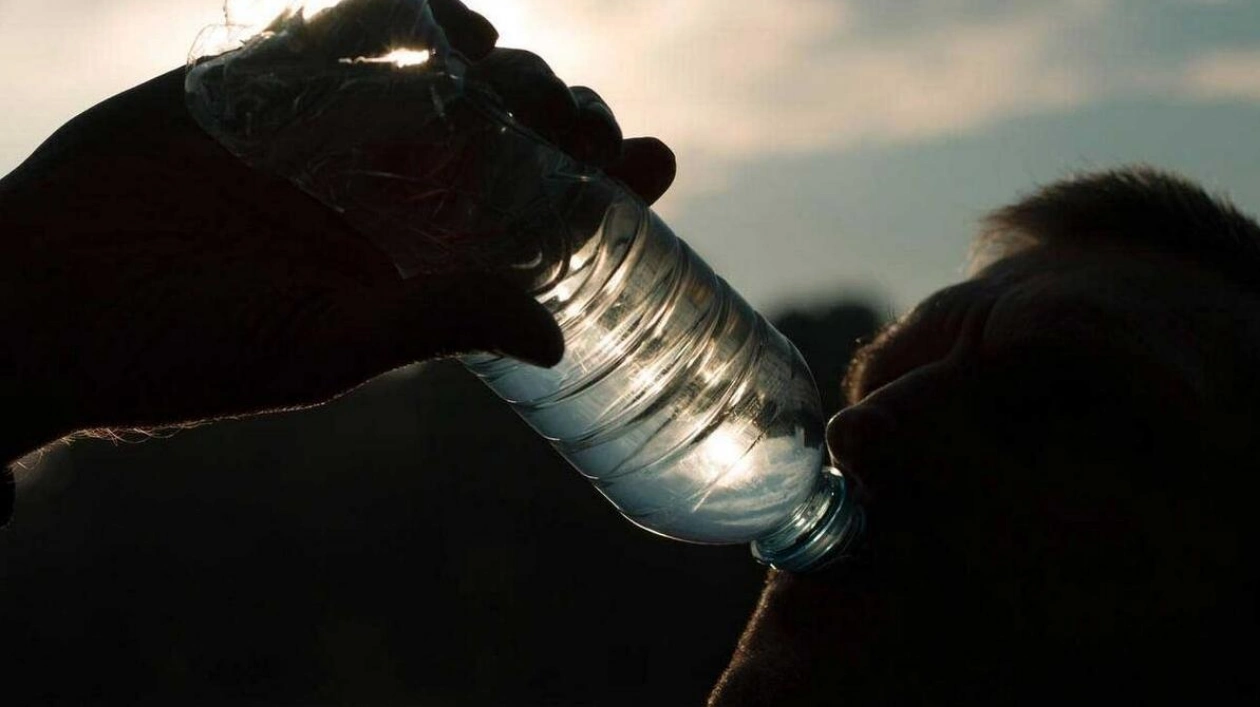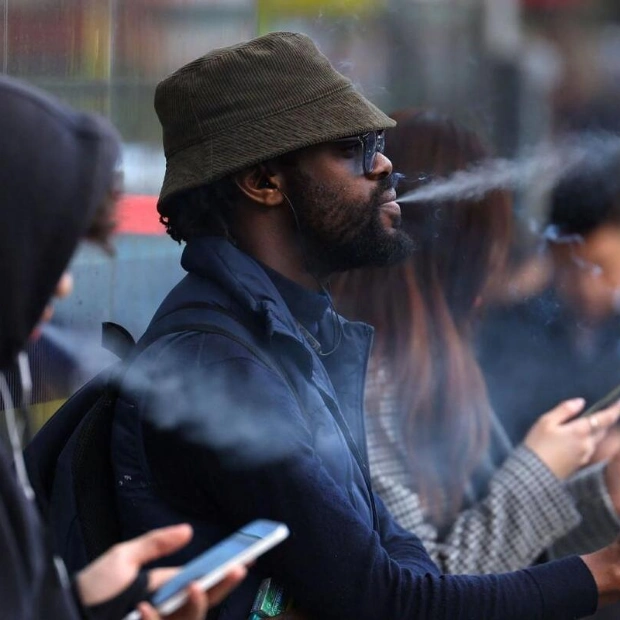During the summer months, there is a significant rise in the number of patients suffering from kidney stones, with medical facilities reporting a 30-40 per cent increase in cases. This seasonal surge is particularly prevalent in the Middle East due to the high temperatures and inadequate fluid intake.
Dr. Humam Qaraschouli, a consultant urologist at Burjeel Royal Hospital, Asharej, stated, “Normally during the summer, we see nearly 40 percent more cases of kidney stones.” Middle-aged individuals, especially those exposed to the sun during outdoor work, are more vulnerable to this condition, with dehydration being a key risk factor among workers for kidney stones.
Dr. Satyabrata Garanayak, a specialist urologist at Thumbay University Hospital, highlighted that even office workers are at risk of silent dehydration, neglecting proper hydration despite spending their days in air-conditioned environments, which increases their risk of developing kidney stones.
One case involved a 35-year-old worker who sought medical help after enduring intense pain on his right side for a few weeks. A CT and X-ray scan revealed a significant 6cm kidney stone, known as a staghorn calculus. To address this, he underwent a combined treatment approach involving Percutaneous Nephrolithotomy (PCNL) and Retrograde Intrarenal Surgery (RIRS).
Kidney stones typically affect individuals between the ages of 30 and 50, especially those exposed to work-related factors and lifestyle choices that increase dehydration risk. There is also a notable gender difference, with five male patients for every female patient, as men are more susceptible to dehydration, especially in physically demanding jobs.
The sweltering temperature causes increased sweating, leading to dehydration, and concentrated urine, which creates an environment conducive to the formation of kidney stones. Inadequate hydration exacerbates the risk of kidney stone formation, particularly during the summer months.
To reduce the risk of kidney stones, individuals should avoid foods high in oxalates and limit sodium consumption. Additionally, reducing the intake of sugary drinks and prioritizing the consumption of water and citrus-based beverages can help prevent stone formation. Staying hydrated by drinking 3 to 4 liters of water daily and recognizing common symptoms such as flank pain, painful urination, and changes in urine color is crucial.
Dr. Qaraschouli explained that there are several treatment options available for kidney and ureteral stones, including shock wave lithotripsy, endoscopic procedures, and more invasive procedures for larger kidney stones.






